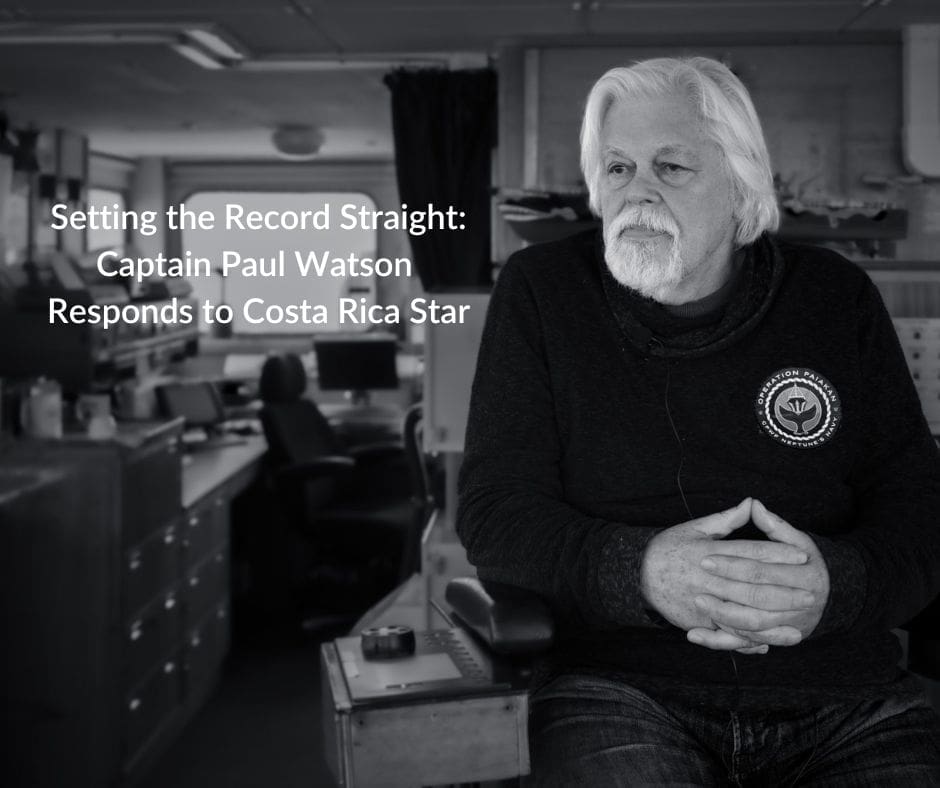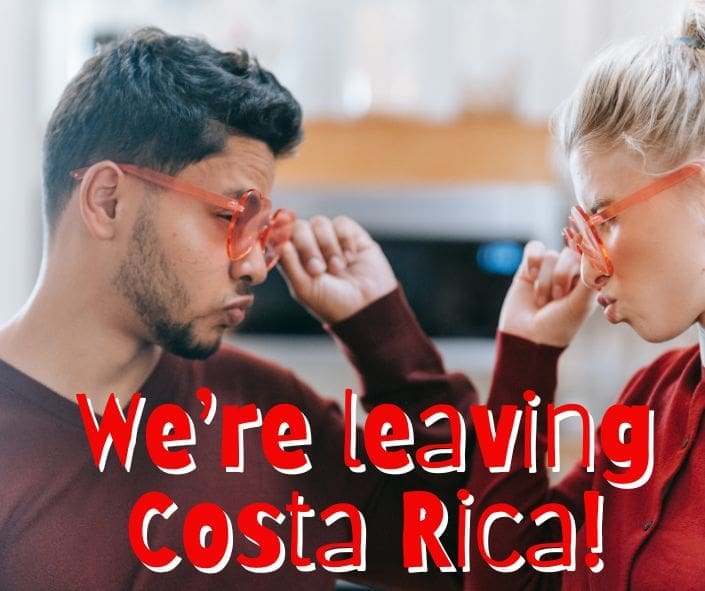
The New Face of Paradise: Gentrification and Its Impact on Costa Rican Communities
Costa Rica, renowned for its lush rainforests, pristine beaches, and biodiversity, has become a paradise for both tourists and expatriates. However, this influx of outsiders has brought about significant changes, particularly in the form of gentrification. While economic development and improved infrastructure are welcomed by many, the rapid transformation of certain areas has sparked concerns among locals and long-time residents. This article delves into the impact of gentrification on Costa Rican communities, providing examples and a comprehensive analysis of the current situation.
The Appeal of Costa Rica
Costa Rica’s “Pura Vida” lifestyle, combined with its stable government, excellent healthcare system, and commitment to environmental sustainability, has made it an attractive destination for foreigners. Over the past few decades, regions like Guanacaste, Jaco, and Tamarindo have seen a surge in property investments, luxury developments, and an increasing expatriate community. The allure of a tropical paradise with modern amenities has drawn retirees, digital nomads, and wealthy investors from North America and Europe.
Economic Boom and Its Double-Edged Sword
The economic benefits of gentrification are evident. Increased foreign investment has led to job creation, improved infrastructure, and a boost in local businesses. For example, the town of Tamarindo has transformed from a sleepy surfer’s haven into a bustling tourist hub. High-end restaurants, boutique hotels, and modern amenities have proliferated, attracting tourists and expatriates alike.
However, this economic boom comes with a cost. The rapid development has driven up property values and living costs, making it difficult for local residents to afford housing. In Tamarindo, many locals have been pushed to the outskirts or forced to relocate entirely as rental prices soar. The once affordable beachside living is now a luxury few can afford.
Cultural Erosion and Community Displacement
One of the most profound impacts of gentrification is the erosion of local culture and community. In places like Flamingo and Nosara, the influx of foreigners has altered the cultural landscape. Traditional businesses are replaced by international chains, and local customs give way to the demands of a globalized lifestyle. The charm of these towns, rooted in their authentic Costa Rican identity, is slowly fading.
The displacement of local communities is another pressing issue. In Nosara, long-time residents have been forced to sell their ancestral homes due to rising property taxes and lucrative offers from foreign investors. This displacement not only disrupts lives but also breaks up tight-knit communities that have existed for generations.
Environmental Concerns
Gentrification in Costa Rica also poses environmental challenges. The construction of luxury resorts, condominiums, and golf courses often leads to deforestation, habitat destruction, and increased pollution. For a country that prides itself on its ecological consciousness, the environmental cost of unchecked development is a serious concern.
The beaches of Guanacaste, once pristine and teeming with wildlife, now face threats from overdevelopment. The increased demand for water and energy to support these new developments strains local resources and impacts the delicate balance of the ecosystem.
Striking a Balance
Addressing the impacts of gentrification requires a multifaceted approach. Sustainable development practices, stricter zoning laws, and policies to protect local communities are essential. There is a need for collaboration between government, developers, and local residents to ensure that development benefits everyone, not just a privileged few.
Promoting eco-friendly tourism and encouraging investment in local businesses can help preserve the cultural and environmental integrity of Costa Rica. Additionally, initiatives to provide affordable housing and support for displaced communities can mitigate some of the adverse effects of gentrification.
Gentrification in Costa Rica is a complex issue with both positive and negative consequences. While economic growth and modernization bring opportunities, they also pose significant challenges to local communities and the environment. By understanding and addressing these impacts, Costa Rica can strive to maintain its unique charm and ensure a sustainable future for all its residents.




